-
FASHION AND ART: A MATCH MADE IN HEAVEN
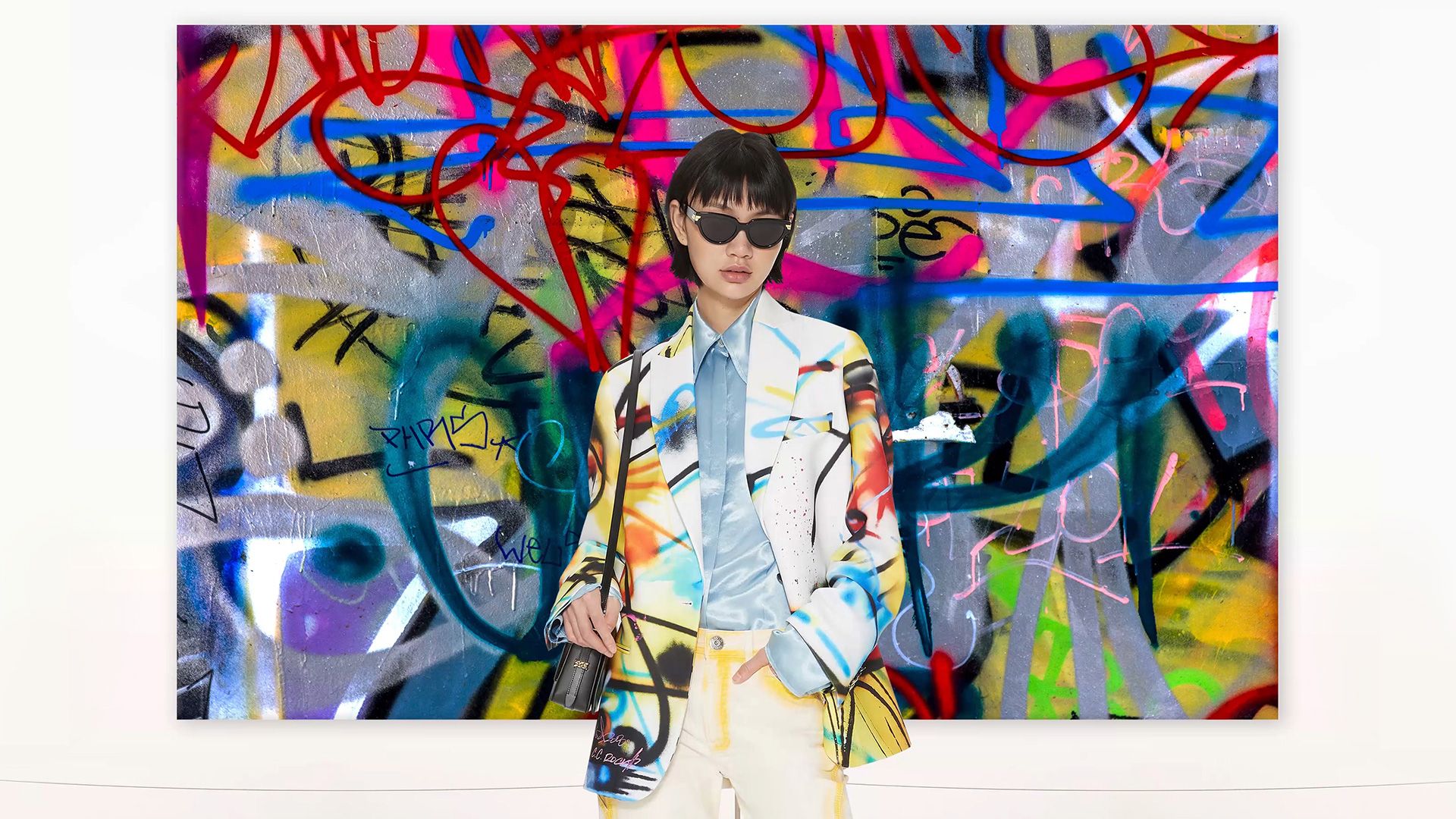
In March, Gucci opened an exhibition at the Daelim Museum in Seoul, in which creative director Alessandro Michele explored the concept of "Eterotopia." Bottega Veneta recently launched their Bottega Residency, which showcases an artist, writer, director or musician every week (with photographer Walter Pfeiffer and choreographer Wayne McGregor having already been featured). On 8 March, Dior released its podcast "Dior Talks", a series of interviews around art and feminism with guest artists such as Tracey Emin, Judy Chicago and Tomaso Binga. The bonds between art and fashion have grown even closer during the pandemic. The dialogues between the two disciplines have never been greater.
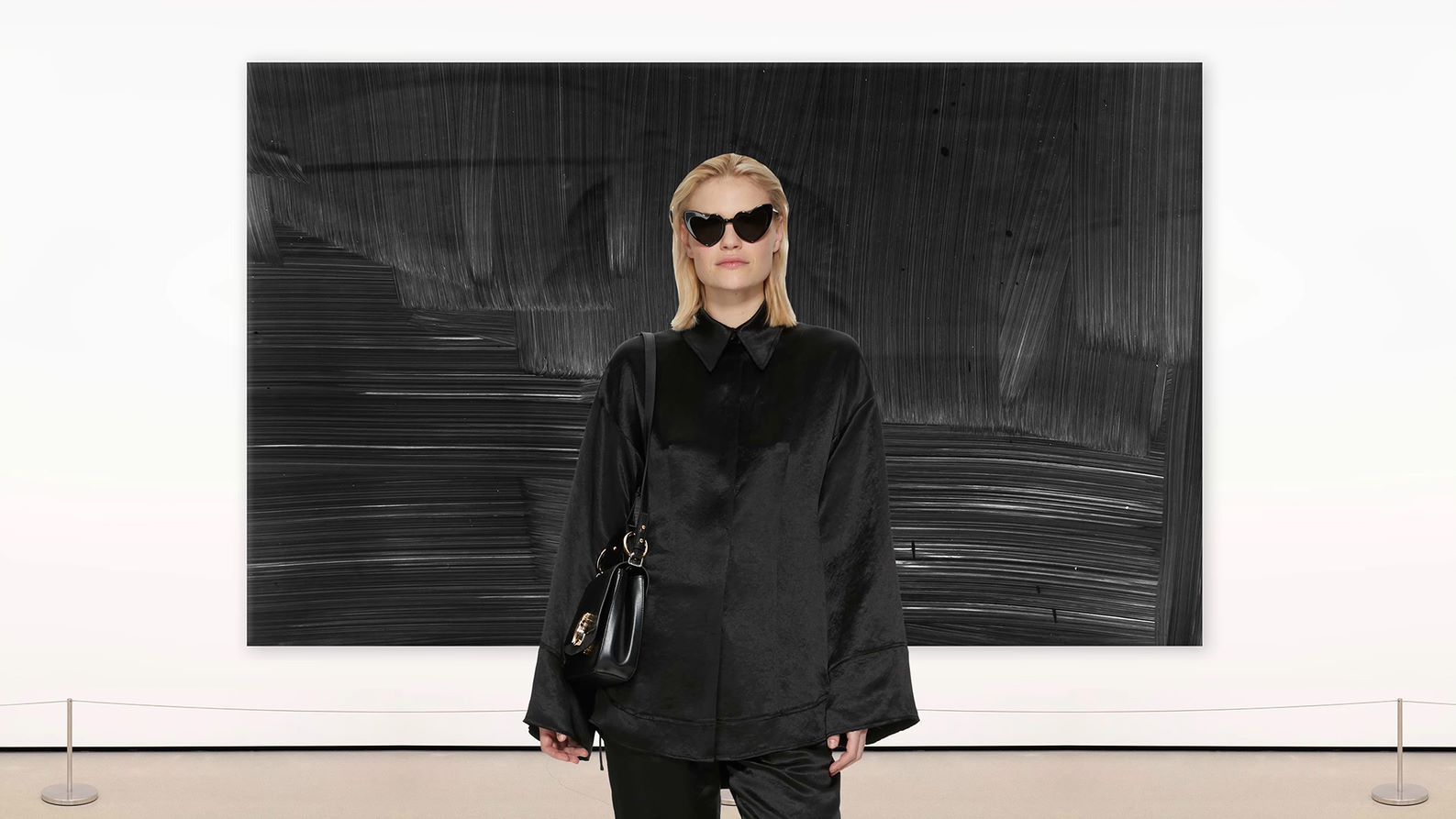
These crossover inspirations are not new: fashion and art have always shared a common interest for sensitivity and beauty. "Many artists and designers have worked together on one-off or longer-term collaborations: Elsa Schiaparelli worked with Salvador Dalí, Nina Ricci with Andy Warhol... The collaborations between Marc Jacobs and Stephen Sprouse, Yayoi Kusama or Takashi Murakami for Louis Vuitton spring to mind..." lists Valentina Maggi, Director of Design Practice at Floriane de Saint Pierre & Associés consultancy firm. Although this type of collaboration previously only involved luxury brands and "bankable" contemporary artists, the trend has caught on; it has now reached emerging brands and has expanded to other creative fields, including music, architecture, poetry, and digital art. As a result, Jacquemus has collaborated with the painter Chloe Wise, Y/Project with the digital artists Frederik Heyman, and Off-White teamed up with the Louvre for a Leonardo da Vinci-themed capsule collection... But what does fashion benefit from its alliance with the art world? And conversely, how is art fuelled by its links with the clothing industry?
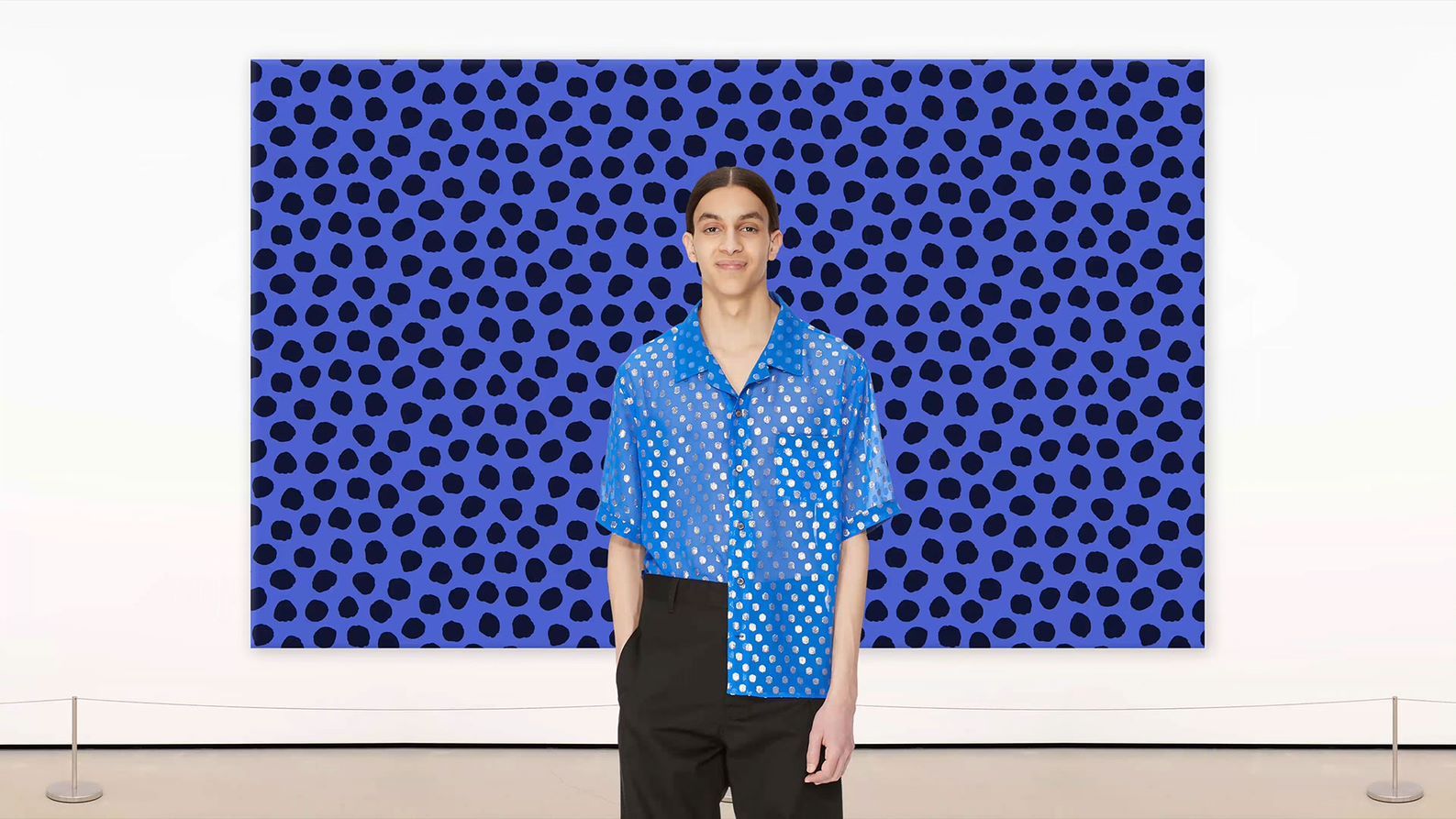
Shirt GMBH
Creating a cultural imprint
Adverts with artistic content, fashion show decor created entirely by artists, in increasing number of exhibitions, a wider outreach for their foundations. Fashion brands are striving to create a cultural imprint—the mark that they leave on the world, beyond the commercial value of their products. In this context, the artist becomes an endorsement, a source of cultural and aesthetic added-value, and the brand capitalises on their name. Is fashion seeking to validate this practice? "Fashion can be considered as art, but not as an art; The difference is subtle. Generally speaking, fashion is not art, but the detail in a fashion item can be a work of art, says exhibition curator Sylvie Marot. But fashion has nothing to prove to art. It simply wants to sell; and it knows that in order to do that, we talk about everything around the product rather than the product itself. Art therefore fuels this discourse and its contents, in an era where image is everything. The difference between the two disciplines is ultimately that art only talks about art to sell itself; its language is much more direct."
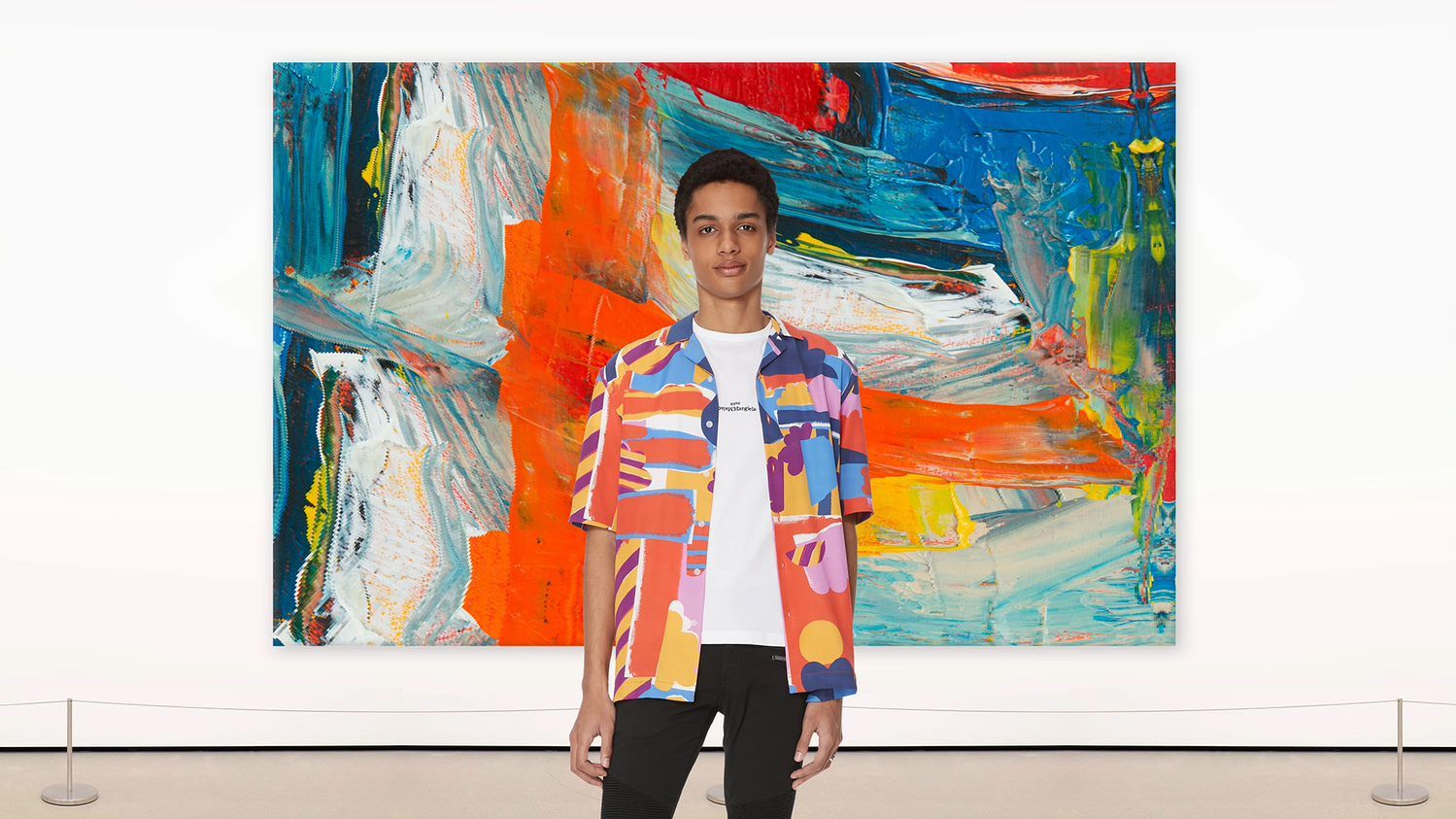
Shirt Sunspel
"We are in a much more collaborative era, where the creative disciplines are blending together."
For Valentina Maggi, collaborations between artists and brands now involve "hyper-powerful communication content, utilising all offline and online media." The increasing intensity of these exchanges between fashion and art is leading to the emergence of a new type of agency, playing the role of strategic intermediary between brands and creatives. "We discover artists, we build creative projects for brands with them, and we negotiate deals," says Charlotte Jarier, sales director at Paris Calling, an agency that specialises in artistic collaborations. "Nowadays, brands are happy to share their creation. Gone are the authoritarian times of top-down communication where they would broadcast a message without interacting with the outside world. We are in a much more collaborative era, where the creative disciplines are blending together. Virgil Abloh embodies this idea of sharing and de-compartmentalising. We are also noticing that the briefs sent to creatives are freer than before; they have the ability to alter products with self-deprecation, with offbeat humour... like Coco Capitán's work, for example."

Choosing a committed artist
At a time where the boundaries between the virtual and the real world are blurring, brands are quick to commission digital artists well-versed in coding to revitalise their social media presence. Since 2018, Balenciaga has collaborated with Jon Rafman, who explores the impact of technology on our lives, to create the set of its Spring-Summer 2019 fashion show (a deliberately anxiety-inducing tunnel filled with LED screens), and with Yilmaz Sen, an artist then unknown to the public, to create the lookbook for the Spring-Summer 2019 collection. The result: Videos with avatar-type figures, whose bodies contort and deform. Meanwhile, the British design house Burberry reinterpreted its new monogram pattern by commissioning digital artists Rose Pilkington and Xavier Monney in September 2018. As for Y/Project, it recently collaborated with artist Frederik Heyman, who uses photogrammetry to recreate an exact 3D copy of a place or an object; a growing trend that goes hand in hand with the emergence of digital art. But artists are also chosen to involve brands in societal matters. "Socially conscious artists are increasingly sought after to bring meaning and value. We choose them for a perspective on the world, on society, Jarier explains. They therefore become influencers, allowing the brand to reach a different community to their usual audience base."
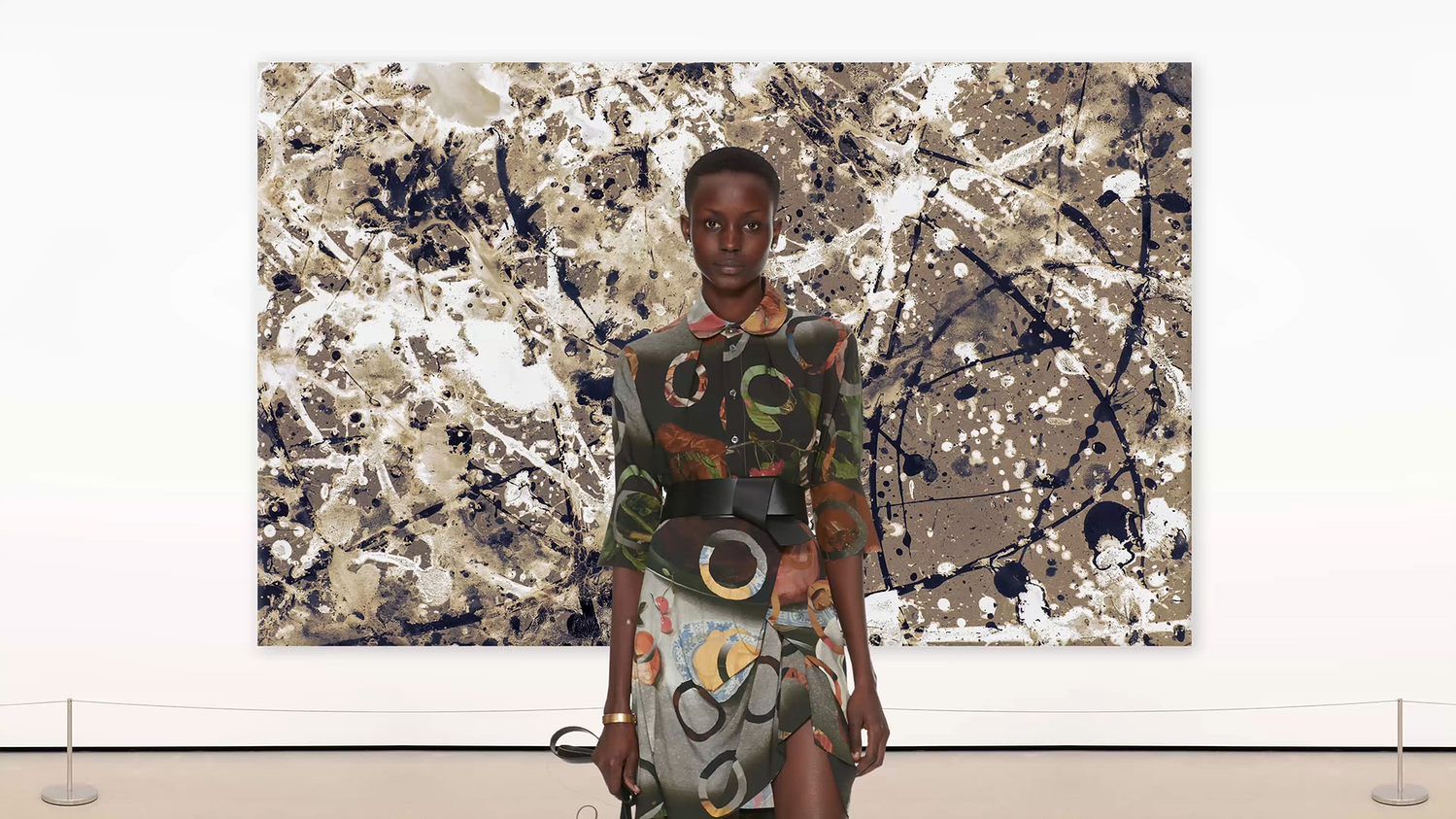
Prescriptive visibility
Through these exchanges, brands are reinventing their discourse and their collections, while the artists get a boost to their media reputation. "If fashion allows the public to discover museums, artists or works that they didn't know about before, then everybody wins," says Sylvie Marot. The fashion and luxury industry also funds most of these creative talents, thereby helping them to continue working on their art. At the same time, the brands regularly hold their fashion shows and presentations in museums or galleries, allowing these venues to receive money for organising the exhibitions. "But rather than patrons I prefer to talk of talent scouts," says Charlotte Jarier. More and more labels are allowing us to discover new artists, making art more accessible. It's a win-win situation. And although artists who collaborated with brands used to be badly perceived and accused of "selling out", this attitude is now in the past. Coco Capitán has the best response to these types of criticism: "There's only one thing that matters: the messages that I can convey and the energy it takes to do It."